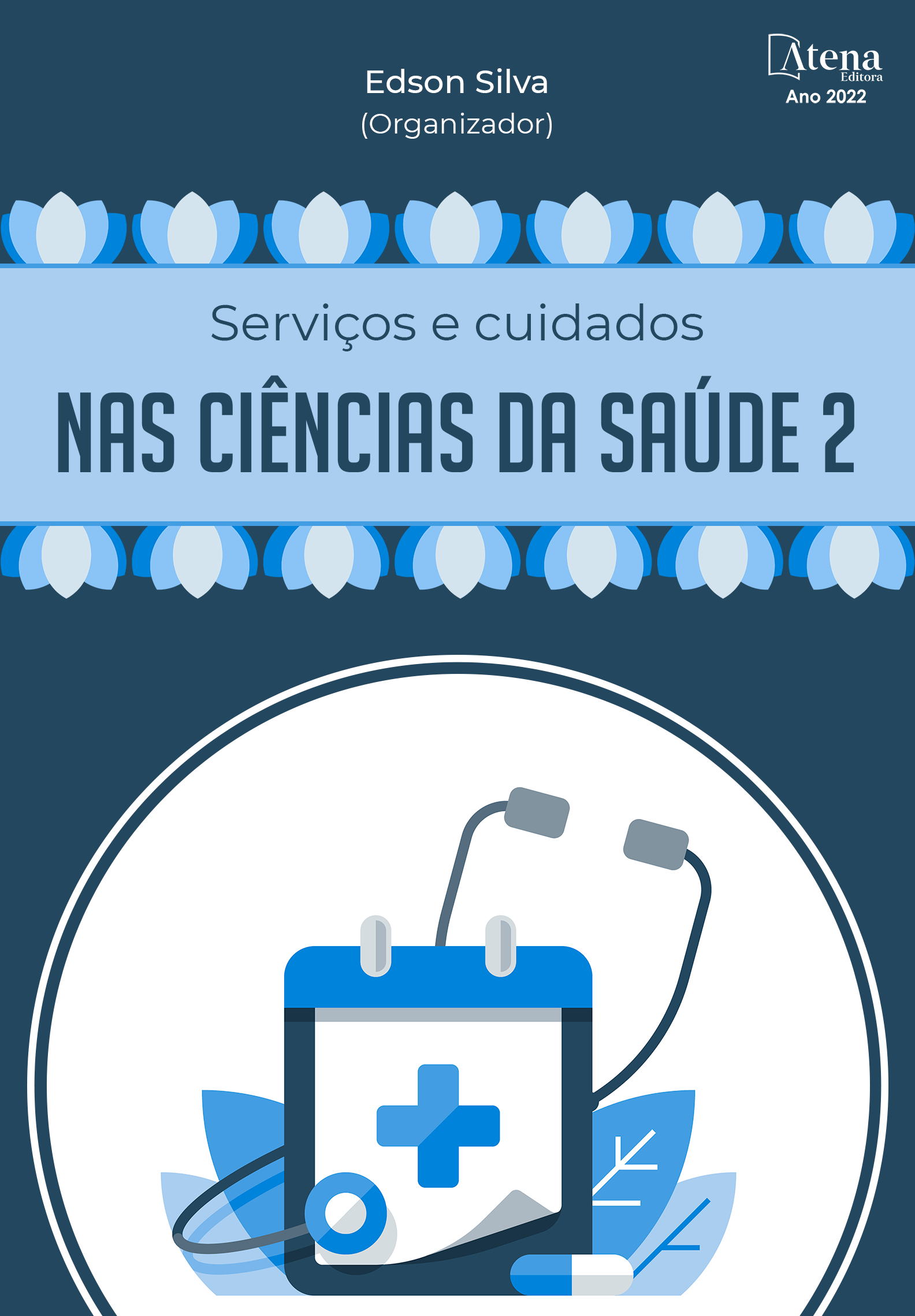
ANÁLISE ERGONÔMICA DO TRABALHO EM PROL DA SAÚDE OCUPACIONAL: UMA VISÃO INTERPROFISSIONAL
Análise Ergonômica do Trabalho (AET) é um estudo de adequação ambiental às características psicofisiológicas dos trabalhadores, objetivando melhorias eficazes na atividade ocupacional. Objetivo: Realizar análise ergonômica
interprofissional do Setor de Manutenção de Infraestrutura (SMI) de uma Instituição de Ensino Superior (IES), pública, que exerce funções administrativas. Método: Concerne ao estudo realizado por equipe interprofissional composta por docentes e 13 discentes de disciplina acadêmica voltada para movimento, funcionalidade e saúde, dos cursos de fisioterapia (8), educação física (2), farmácia (1) e ciências da computação (2) de uma IES pública, no período de julho-agosto de 2021. A amostra do estudo, referente aos trabalhadores do SMI, totalizou 9 voluntários. O desenvolvimento do projeto sucedeu com apresentação do mesmo em reunião presenciada pela equipe da disciplina, representantes da Pró-Reitoria de Gestão de Pessoas e Qualidade de Vida da IES e representante do Setor de Infraestrutura. Após consenso para realização do projeto, dado que atende a uma demanda não suprida da IES, foi desenvolvido em duas frentes de ação, sendo o planejamento geral do projeto e a execução. A execução do projeto cumpriu: reconhecimento do posto de trabalho, delineamento do perfil clínico-funcional dos voluntários, avaliação ergonômica dos padrões posturais adotados e análise descritiva dos dados. Perante resultados foram realizadas devolutivas à Gestão da IES e aos voluntários do Setor. Resultado: A realização da AET em contribuição das quatro modalidades profissionais mostrou amplo diagnóstico e propostas de intervenção, agilidade na análise e organização dos dados. Conclusão: O delineamento do perfil clínico-funcional dos trabalhadores associado a utilização de ferramentas tecnológicas e ergonômicas permite traçar planos de ações específicos para necessidades de cada posto de trabalho. A contribuição de uma equipe multiprofissional atuando na construção de uma AET propicia de forma substancial melhora na condição de saúde e trabalho, promovendo um ambiente mais seguro e prevenindo patologias.
ANÁLISE ERGONÔMICA DO TRABALHO EM PROL DA SAÚDE OCUPACIONAL: UMA VISÃO INTERPROFISSIONAL
-
DOI: 10.22533/at.ed.69822030519
-
Palavras-chave: Ergonomia; Intervenção interprofissional; Saúde ocupacional.
-
Keywords: Ergonomics; Interprofessional Intervention; Occupational Health
-
Abstract:
Introduction: Ergonomic Analysis of Work (ERA) is a study of environmental adequacy to the psychophysiological characteristics of workers aiming at effective improvements in occupational activity. Objective: To analyze the working conditions of the Infrastructure Maintenance Sector (SMI) of a public Higher Education Institution (HEI) that has administrative functions. Method: This study was conducted by a interprofessional team composed of teachers and 13 students of an academic discipline focused on movement, functionality, and health, from the courses of physiotherapy (8), physical education (2), pharmacy (1), and computer science (2) of a public HEI, in the period from July to August 2021. The study sample, referring to the SMI workers, totaled 9 volunteers. The project development succeeded with its presentation in a meeting attended by the discipline's team, representatives from the Pro-Rectory of People Management and Quality of Life of the HEI, and a representative from the Infrastructure Sector. After a consensus was reached to carry out the project, given that it meets an unsatisfied demand from the HEI, it was developed on two action fronts, being the general planning of the project and the execution. The execution of
the project was: recognition of the workstation, delineation of the clinical-functional profile of the volunteers, ergonomic evaluation of the postural patterns adopted, and descriptive analysis of the data. In view of the results, feedback was given to the HEI's Management and to the volunteers of the Sector. Result: The accomplishment of the AET in the contribution of the four professional modalities showed ample diagnosis and intervention proposals, agility in the analysis and organization of the data. Conclusion: The delineation of the clinical-functional profile of the workers associated with the use of technological and ergonomic tools allows tracing specific action plans for the needs of each workstation. The contribution of a multidisciplinary team acting in the construction of a TEA provides substantial improvement in health and working conditions, promoting a safer environment and preventing pathologies.
-
Número de páginas: 23
- Graziele Maria da Silveira
- Maiki José Gomes Nascimento
- Cinthia Rodrigues de Vasconcelos
- Emillie Carmo


